BUICK
Emblems
BUICK’S FAMOUS LOGO HONORS FOUNDER
Buick Communications – media release to commemorate 100 years of Buick (1903-2003)
by Lawrence R Gustin
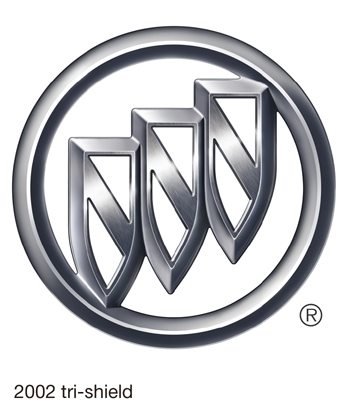
The value of the Buick logo was noted in the early 1990’s in a study commissioned by a corporate identity firm, the Schechter Group. A study of the impact of corporate symbols, it found that consumers’ opinions can be helped or even hurt by their logos. It further observed that “among car marketers, GM’s Buick gained an astounding 53 percent in positive image with its tri-shield symbol.” Here is how the tri-shield was developed.
In the mid 1930’s, a General Motors Styling researcher, Ralph Pew, found a description of the ancestral arms of the Scottish Buick family then spelled Buik in an 1851 edition of Burke’s Heraldry in the Detroit Public Library. (The reference was apparently dropped in later editions.) The description, not accompanied by a picture, was interpreted as a red shield with a checkered silver and azure (light purplish blue) diagonal line running from the upper left corner to lower right, an antlered deer head with a jagged neckline in the upper right corner of the shield and a gold cross in the lower left corner. The cross had a hole in the center with the red of the shield showing through.
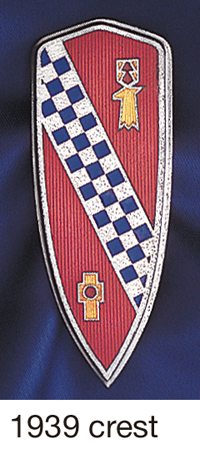
the Buick family crest as a decoration
just above the radiator grille on its 1937 models,
and it was a very close representation
of the crest described in Burke’s.
The shield was “modernized”
(made longer top to bottom
and narrower in width) in 1939.
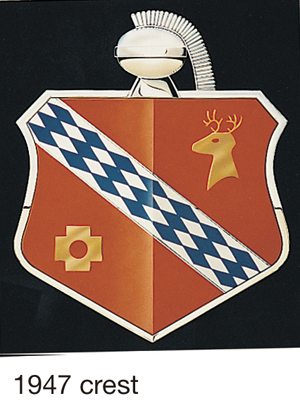
heraldic symbols embellishing the
top and bottom of the shield for 1942.
That was a short model year because
Buick stopped producing cars February 3, 1942,
and then converted to World
War II military production.
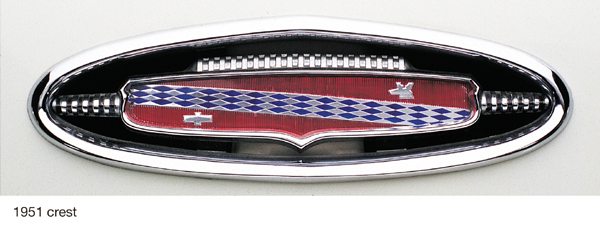
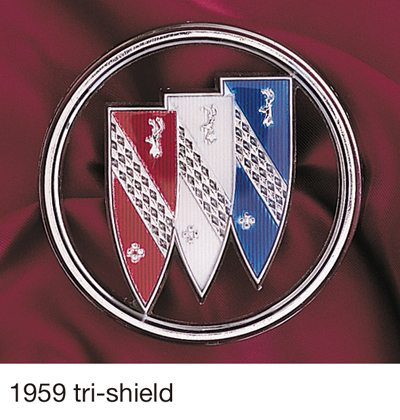
In 1975, the Buick Hawk concept was initiated as part of the Skyhawk line. It was so well received that the symbol of a hawk perched on block letters of Buick was expanded to all car lines in 1976, though the tri-shield was retained as Buick’s primary mark. The hawk soared to popularity and a red-tailed hawk named “Happy” was even trained to land on Buick hood ornaments in television ads.
But by the late 1980s, management decided to re-emphasize the tri-shield, and so the hawk (and, not incidentally, the Buick Skyhawk car) was retired.

David Dunbar Buick
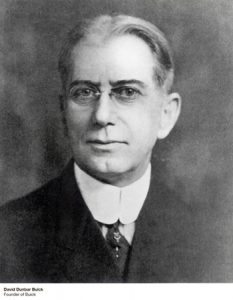
In the fall of 1903, Buick Motor Co. was purchased by directors of the Flint Wagon Works in Flint, Mich., 60 miles north of Detroit. The company (which still included David Buick) began to build engines in Flint in December. In 1904, the first 37 production Buick automobiles were built. That November, Flint carriage maker William C. Durant, an energetic business promoter, took control of Buick. Four years later, in 1908, he used Buick Motor Co.’s success as the foundation for his creation of General Motors.
That year, Buick claimed to lead the country with more than 8,000 sales. By the end of 1908, David Buick had left the company to pursue other business interests. He apparently prospered for a number of years, but at the time of his death in Detroit in 1929, he was said to be in near poverty.
Early Buick symbols
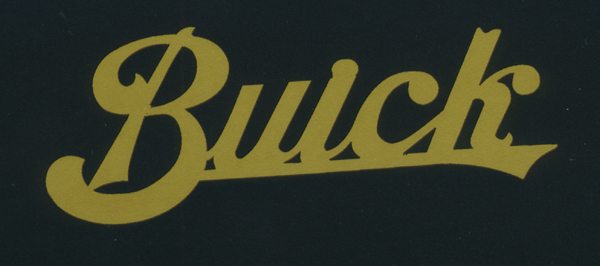
Even earlier, a design used in the only known Buick Manufacturing Co. literature (a 1902 or ’03 catalog) and in the first Buick Motor Co. catalog (1904), depicted Uncle Sam walking astride a world globe and pulling a Buick engine on a wheeled cart. The globe carried the slogan, “Known all over the world,” which was quite a boast at the time.
In 1905, the Buick catalog displayed a circular design with “Buick” in the middle and “The Car of Quality” in the border. (Buick continued that quality theme through the years, most recently when it began using the phrase, “The New Symbol for Quality in America,” after LeSabre and other models won high ratings in independent customer surveys in the late 1980s and early ’90s.)
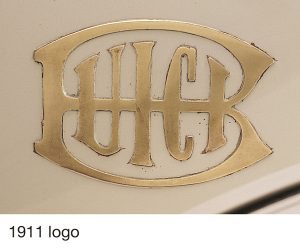
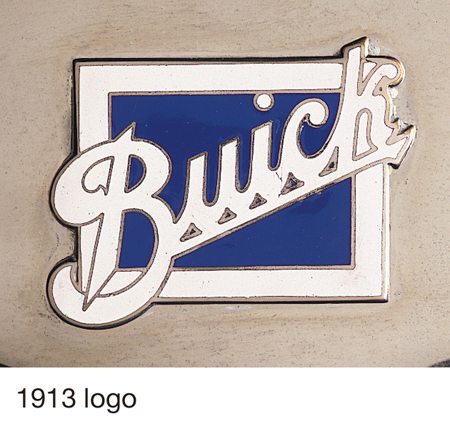
That popular logo showed up in grille designs well into the 1930’s. The script was also used inside a circle with “Authorized Service” in the border for dealerships and other service providers.
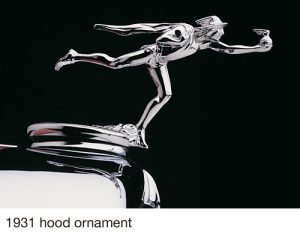
Detailed shield description
For those with particular interest in heraldry, this is how the coat of arms of the ancient Scottish family of Buik (note spelling) was described in Burke’s Heraldry published in 1851 (which did not offer a picture): “Gu. A bend chequy, ar. and az. betw. a Buck’s head erazed in chief, and a cross couped and pierced, or, in base.”
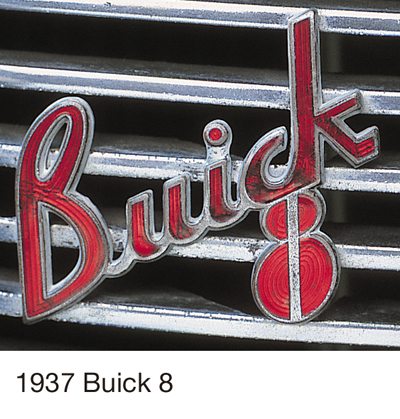
 Webmasters Note:
Webmasters Note:
In the 1929-1930 model year, Buick introduced an economy range under the Marquette brand. This marketing experiment only lasted for one model range.
Posted 10/2014
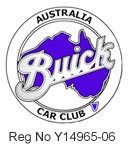
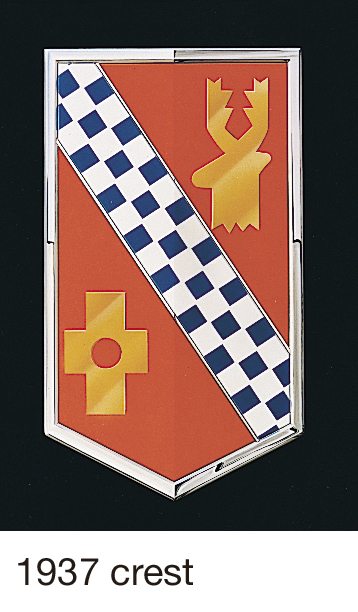
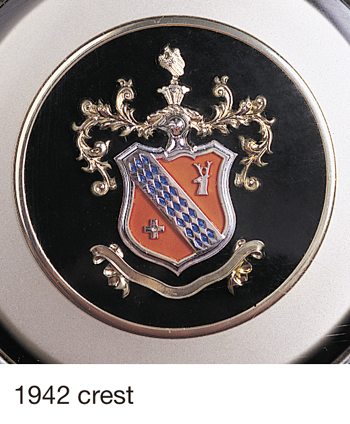
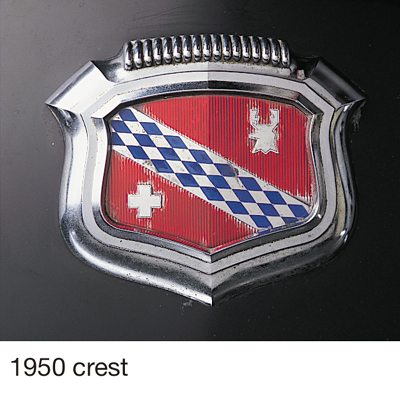
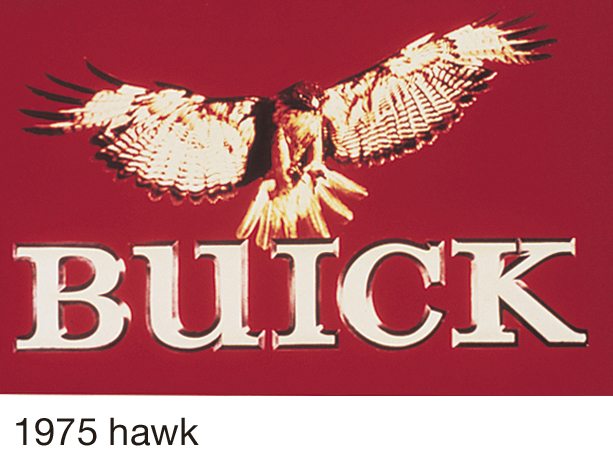
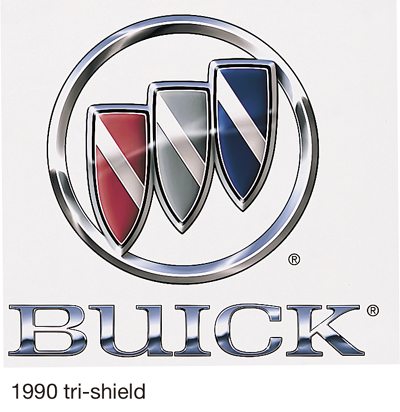




 Webmasters Note:
Webmasters Note: